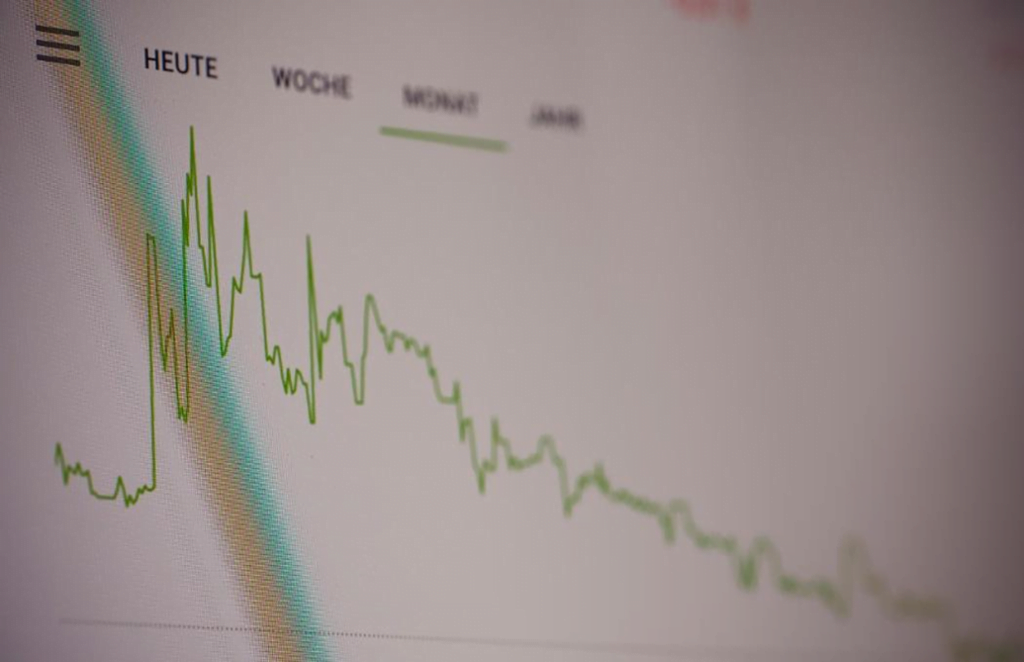The Elliott Wave Theory is a technical analysis tool traders use to predict future price movements in the financial markets. Before trading on a forex trading site, you can add this tool to your arsenal to improve your results. The theory is based on the observation that prices move in cycles and that these cycles repeat themselves over time. Elliott identified three different types of sequence:
Ref. unsplash.com/photos/jgOkEjVw-KM
1) The Impulse Wave: This is the wave that moves in the direction of the overall trend. It consists of five sub-waves, and it’s this wave that traders use to make profits.
2) The Corrective Wave: This wave moves against the overall trend and consists of three sub-waves. Traders use this wave to take profits or to enter into new positions.
3) The Combination Wave: This wave is a combination of the impulse and corrective waves, and it can be challenging to trade. However, if you can correctly identify this wave, it can be very profitable.
Simply put, in technical analysis, the Elliott Wave theory is the analysis of long-term trends in price patterns and how they correspond with the psychology of investors.
History of Elliot waves in forex
Ralph Nelson Elliott first developed the Elliott Wave Theory in the 1930s. At the time, Elliott was working as a financial analyst, and he observed that prices move in cycles. He also observed that these sequences repeat themselves over time and that this provides traders with opportunities to make profits. The Elliott Wave Theory is one of the most popular and widely used trading tools today. As previously mentioned, it is based on the observation that prices move in sequences and that these repeat themselves over time.
The Elliott Wave theory is a tool of technical analysis that looks for recurrent long-term price patterns related to persistent changes in investor sentiment and psychology.
Uses of Elliot Wave in Forex
Ref. unsplash.com/photos/Gw_sFen8VhU
The Elliott Wave Theory can be used in a number of ways:
1) To predict future price movements: The theory is based on the observation that prices move in cycles and repeat over time, so by understanding how the Elliott Wave Theory works, you can use it to predict future price movements in the financial markets.
Ref. unsplash.com/photos/K5mPtONmpHM
2) To enter into new positions: The theory can be used to enter into new positions in the financial markets. If you correctly identify an impulse wave, you can use it to make profitable trades.
3) To take profits: It can also be used to take profits in the financial markets. If you correctly identify a corrective wave, you can use it to exit your current position for a profit.
4) To trade with confidence: The Elliott Wave Theory is a complex tool, but you can trade with confidence in the financial markets once you understand how it works. By using this theory, you can make consistent profits over time.
Tips for Using Elliott Wave in Forex Trading
By understanding how to read and interpret Elliott waves, you can use this information to trade with confidence in the financial markets.
When trading with the Elliott Wave Theory, it’s important to remember that not all waves will be clear-cut. In some cases, you may only be able to identify a wave as an impulse or corrective wave after it has completed. This is why it’s essential to use a variety of tools when trading with the theory, including trendlines, support and resistance levels, and Fibonacci retracement levels. Finally, practice enough to learn how to make the correct wave counts and the rules that apply to each of them. The Elliott Wave Theory is a complex tool that takes time and practice to master. However, by using it correctly, you can make consistent profits in the financial markets. In this article, we have discussed the history of Elliot waves, their uses, and how to use them in forex trading. We have also provided some tips for using Elliot waves in your own trading strategy. So if you’re interested in learning more about this powerful tool, be sure to read our other articles on the Elliott Wave Theory.










Leave a Comment
You must be logged in to post a comment.